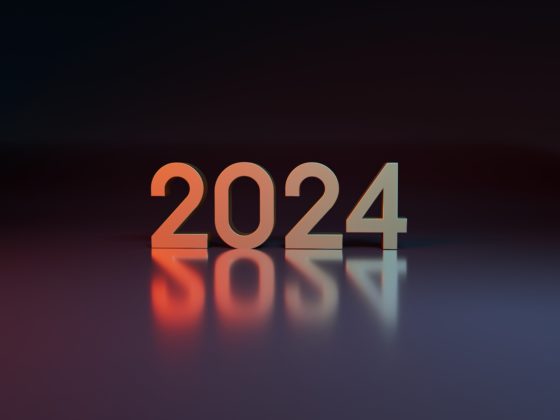There’s a definite shift around the world towards inclusivity and better recognition of the many groups that comprise our society. Whether it’s the media, business culture or academic institutions, we see encouraging signs of their efforts to acknowledge diversity.
A recent ERO report highlights the increasing ethnic diversity in New Zealand schools, with the regions experiencing the biggest increases between 2009 and 2017. According to the ERO, Auckland is “New Zealand’s most culturally diverse city, with over 100 ethnicities and more than 150 languages spoken on a daily basis.”
IDENTITY
Identity is at the core of any conversation about diversity. It is often by demographics such as ethnicity, gender and sexual orientation.
Your yearbook should accurately reflect the culture and diversity of your school. However, it needs to be handled sensitively to avoid accusations of tokenism and to ensure the best outcomes. A good approach is to include representatives in your editorial team that can speak on behalf of these groups. They can provide guidance on language, cultural preferences and proper etiquette.
Inclusiveness should also extend to the yearbook creation process. G
Many schools have cultural clubs or groups such as Kapa Haka, Pasifika groups and Indian dance, to name a few. Showcasing their activities is a natural fit for yearbook content.
Many schools also have student-led positive action groups formed around issues like climate change, bullying, racism and LBGTQ+ rights.
Each school will have their own policy in regards to documenting these social movements, but your students may feel very passionately about these causes. It is important to recognise and acknowledge their views.
An inclusive approach to yearbook design not only adds richness to your content but it also fosters a greater sense of community. This allows everyone in your school to feel connected.



